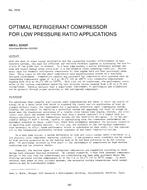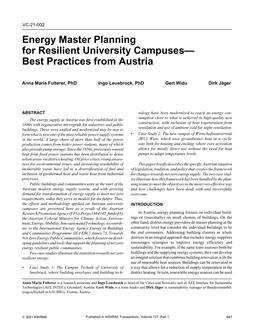This study investigated the possible effects of material and texture of the inner clothing layer on human comfort. A highly hygroscopic material (cotton) and a material of low hygro-scopicity (polyester) were tested. Also tested was whether fabric texture (knitted/woven) influenced the perceived discomfort. Thirty-eight subjects (18 females and 20 males) were exposed to three levels of skin relative humidity (30%, 50%, and 70%) at sedentary activity, low stepping activity, and high stepping activity. At moderate temperatures and activity levels, neither material nor texture significantly impacted the clothing comfort, perceived skin humidity or humidity of clothing, or the acceptability of skin humidity. Clothing comfort and acceptability deteriorated significantly with increasing skin humidity. In addition, the subjects perceived their skin or clothing as being more humid with increasing skin humidity. Based on the experimental results, a model was developed that predicts the percentage of persons dissatisfied due to humid skin or clothing. At different combinations of air humidity, air and mean radiant temperature, air velocity, and clothing, the skin humidity model predicts discomfort due to humid skin or clothing for persons engaged in office work, wearing woven or knitted inner layers made of polyester or cotton. The model allows upper limits for air humidity to be determined for indoor environments. In the comfort zone of temperatures, the model predicts only a moderate percentage of dissatisfied, even at very high air humidities.
Units: Dual
Citation: Symposium, ASHRAE Transactions, vol. 106, pt. 2
Product Details
- Published:
- 2000
- Number of Pages:
- 9
- File Size:
- 1 file , 360 KB
- Product Code(s):
- D-7252


